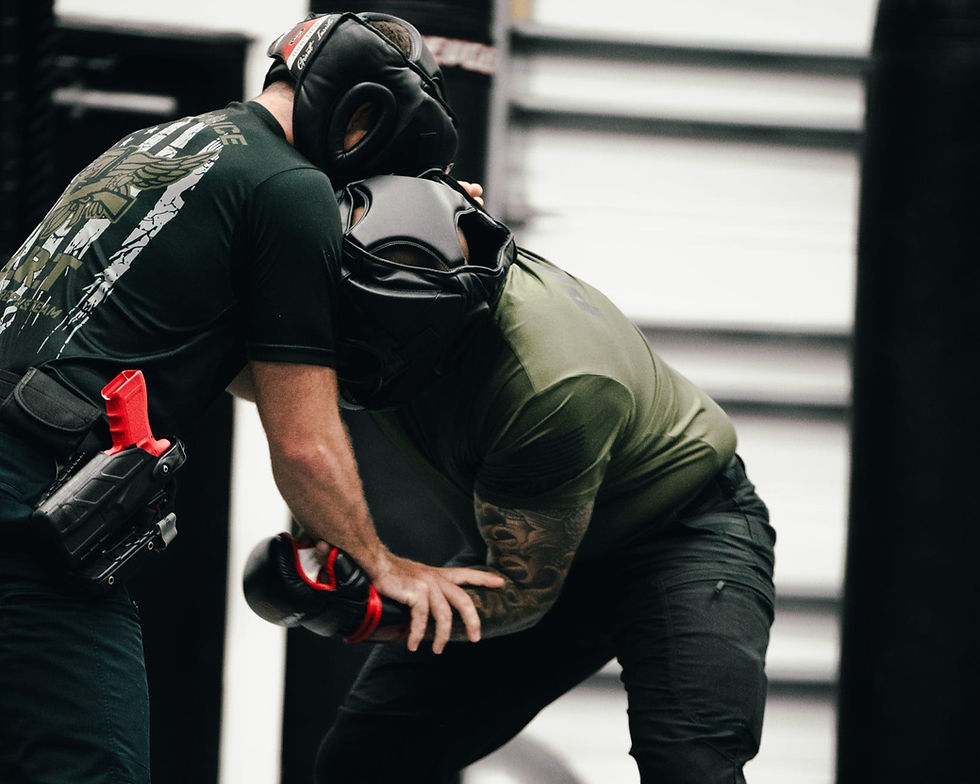Self-Defense Against Knife Attacks: An Evidence Based Approach
- Apex Combat Solutions
- Jan 18, 2024
- 2 min read

In this article, I share findings from an extensive analysis of over 200 real knife attacks captured on surveillance cameras, a research endeavor initiated in 2016 and subsequently updated. The primary objective was to gain insights into the dynamics of real-life situations involving knife-wielding attackers, aiming to inform the adoption of practical self-defense methods.
Initially, the author capitalized on the availability of data on YouTube, conducting a meticulous video analysis of numerous real-life knife attack examples, an undertaking prompted by the absence of prior efforts in this domain.
Unfortunately, due to YouTube's crackdown on violent content over the years, the author's channel was closed, leading to the loss of the entire collection. Nevertheless, the results of the investigation remain relevant and have undergone periodic updates.
The article is structured into three parts, with Part 1 presenting key findings from the analysis of 200+ knife attacks. Despite potential flaws in the sample, the results have demonstrated enduring validity, and as of 2023, the evidence suggests consistent human behavior in these situations. Notably, the focus is on situations where the victim faces physical assault rather than mere threats.
Key discoveries include the observation that 71.1% of knife attacks are initiated with the empty hand, challenging prevalent notions in the Martial Arts and RBSD industry. The predominant nature of knife attacks as ambushes, occurring within 3 feet of the victim, is highlighted. The analysis underscores the fast and intense nature of these attacks, often leading to victims falling backward in an attempt to escape.
The duration of knife attacks is brief, with an average incident time of 23 seconds. Noteworthy trends emerge in the graphed data, indicating pivotal moments at the 7-second and 45-second marks. Third-party intervention plays a significant role, stopping 55.9% of all attacks.
Knife attacks are characterized by quick, short, and repetitive stabs at various angles, emphasizing the challenges of defense due to the limited time and space available. The article concludes with a summary of key takeaways, outlining the overwhelming and swift nature of knife attacks and the associated limitations in terms of reaction time, self-defense techniques, and the use of personal weapons.
Key Points
Taken by surprise and overwhelmed by fear and aggression
Unable to see the blade before the attack is launched
Limited ability to run away and avoid the attack
Little time and space for reaction and counter-attack deployment
Difficulty stopping the first stab(s), resulting in multiple cuts and stabs
Potential lack of awareness of being stabbed, emphasizing the need for self-check after confrontation
Limited time to draw personal weapons (gun, knife, kubotan keychain, pepper spray, etc.)
Likely movement backward with compromised balance, increasing the risk of falling to the ground
Restricted movements, loss of fine motor skills, and difficulty accessing the knife-bearing arm
Reduced effectiveness of techniques based on smooth arm deflection and manipulation
Low likelihood of success for techniques assuming a single straight thrust or wide sweeping slash
Original Article Here: https://www.urbanfitandfearless.com/2016/09/self-defence-against-knife-attacks.html






Comments